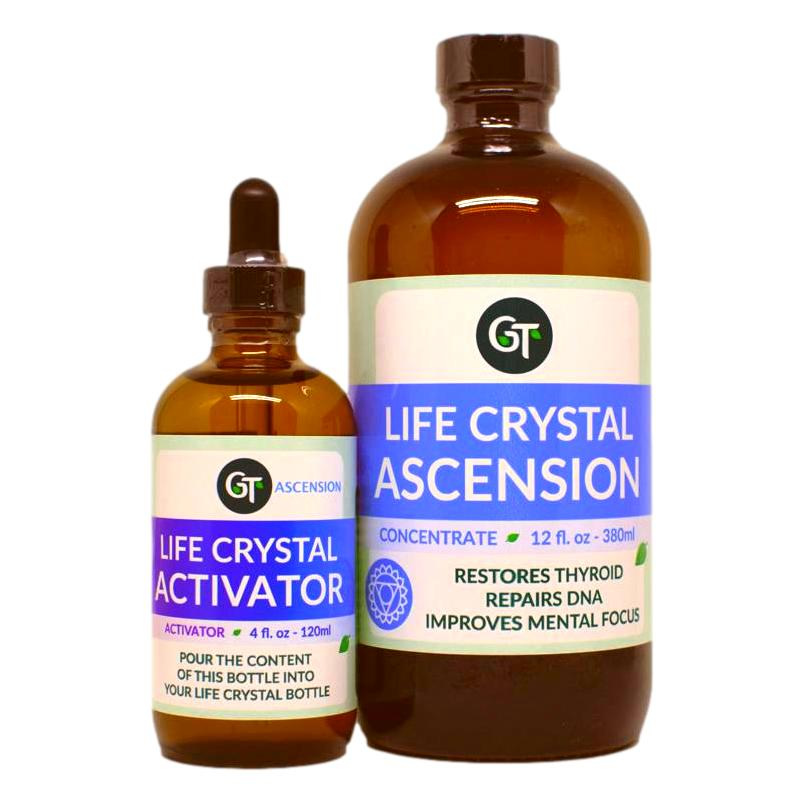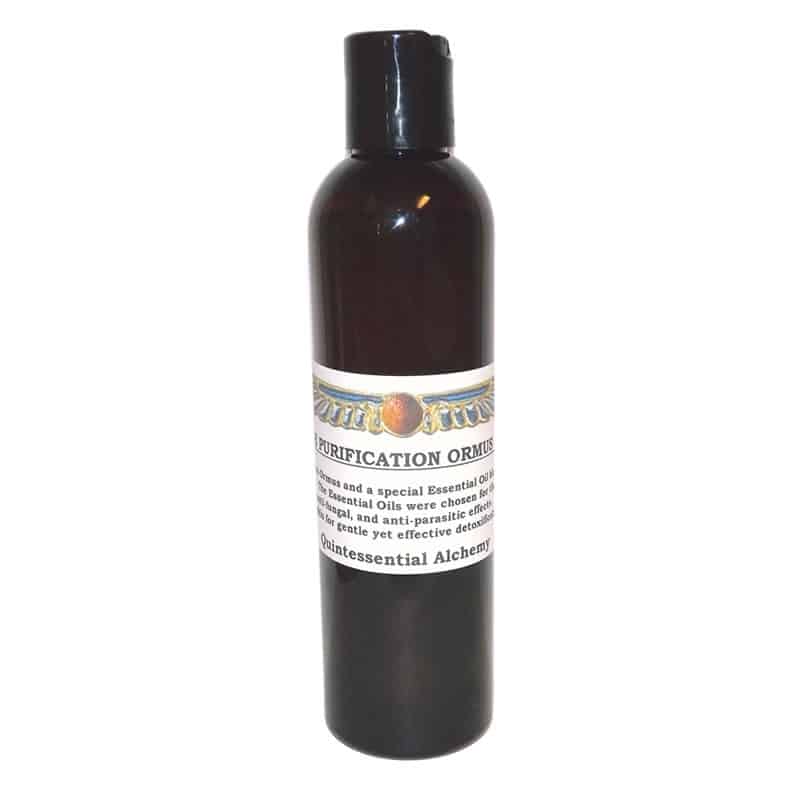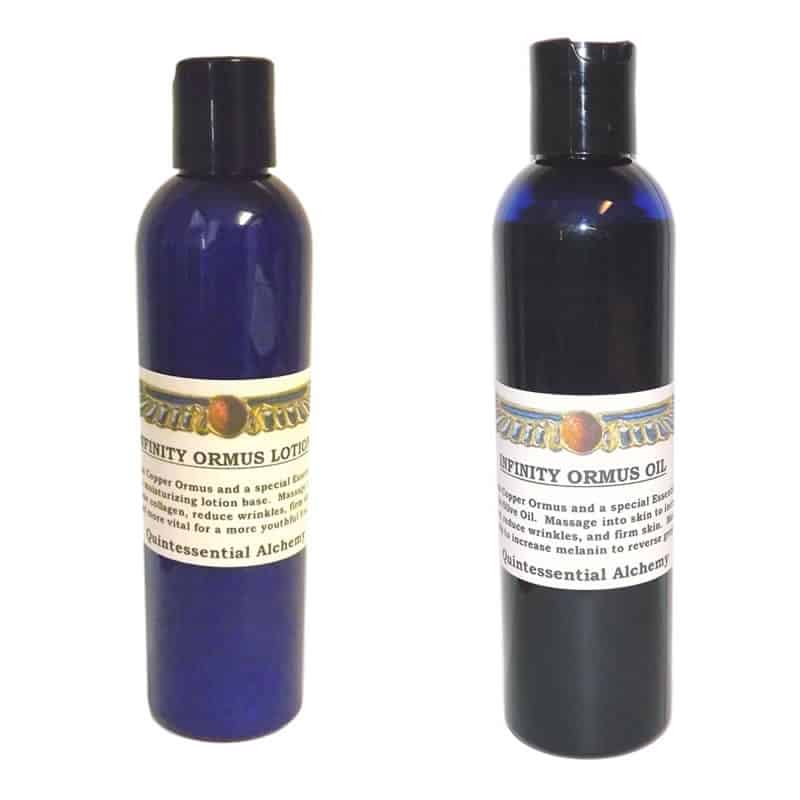No products in the cart.
Meditation
I’ve always been a woman of reason, always preferring brain over heart, logic over feelings, math and biology over art class. I chose computer graphics over painting class in high school when studying design. I was a fan of science. I needed every fact to be backed up by evidence. I didn’t believe anything that I was not able to touch or smell or see with my own senses. So when I was first advised to try meditation as a part of my daily routine to solve some health issues I had, my reaction was very skeptical. I am not into religious stuff, was my first answer, usually followed by I am not a very spiritual person. At that time, I had no idea that being religious and being spiritual are two completely different things, and that they are not a prerequisite to meditate. Of course I was too smart for something as hippie-dippie as meditation or mindfulness, my first word ever as a baby was microprocessor (seriously, ask my dad); I did not have time for that stuff. I was just too cool to even get the right information before judging or giving meditation a try.
I was 28 years old, off of birth control after 14 years on the pill, suffering from hormonal acne, weight gain, severe period related pain (unable to walk for two days every month), and even with my perfectly dialed eating habits no sugar, no dairy, and no grains I wasn’t able to achieve my health goals. All I wanted was to be HEALTHY, which for me at that time meant losing some fat below my waist, improving my sleep, clearing my skin, and finding hormonal balance. I was working with a fitness and nutrition coach at that time and he advised me to add daily meditation practice into my regime. How is that supposed to help me, man? I asked in my head. He was not exactly the type of a person I would imagine sitting in a cross-legged position on a colorful rug, breathing out the ommmm sound and trying to imagine himself sitting in a meadow (as that was how I imagined meditation was done). How little I knew! Because I trusted that guy with all his nutrition and fitness advice, and because all the lifestyle hacks he recommended so far had worked for me, I decided to open my mind just a bit and learn something more about this meditation thing. And what I learned changed my life.
Nowadays, when I try to describe what meditation is, I say it is every physical state that allows your mind to disconnect from your everyday problems, stress, pain just life. No matter if it is mindful meditation (back to the cross-legged ommmm guy) or while moving (think gardening, practicing yoga, coloring books, or walking quietly in the woods), you can meditate your own way; there is no good or bad way to meditate. You can meditate while cooking, but you can also close your eyes, focus on the breath, and intentionally try to disconnect from all that worries you that day. ANYTHING that works as a distraction for the mind and the body, you can call meditating. How is that supposed to help with pain, sleep, or stress? My old rational self would be happy, because there is plenty of science behind that.
WHY YOU SHOULD MEDITATE
There is a study that says: Most of the leading causes of debilitating illness and death are correlated with, if not caused by, stress. Research has provided direct links between stress and heart disease, stroke, diabetes, and suicide/self-harm. Further, stress can impact the immune system, leading to vulnerability to infectious and chronic diseases. Meditation, positive thinking, and therefore disconnecting from the negative thoughts creates different reactions in the brain and as a result helps resolve inflammation in the body. It reduces the fight or flight stress response from our nervous system and increases the rest, repair, and digest response. Any kind of stress directly affects our health on many levels. Meditation improves cardiovascular, metabolic, and immune health as well as sleep problems, depression, anxiety, chronic pain, and even some autoimmune diseases. Some researchers even say that daily meditation practice leads to an increase in brain gray matter in the frontal cortex, a part of the brain where our memory and executive decision making is located.
Unlike sleeping pills, antidepressants, or other prescription drugs, meditation has no negative side effects or downsides. It can be done virtually anywhere, at any time. There is not just one way to meditate, so if you are a fan of variety in your daily routine, there are many options for your wandering mind to stay focused for a moment. To start, just pick one that appeals to you the most, and don’t be afraid to experiment and find what works the best for you. As long as you stay consistent with the process, it doesn’t matter how many forms you go through to find the right fit.
HOW CAN YOU MEDITATE
Everyone can meditate. Even you, who might think you cant, you don’t know how, or you don’t have time. There is no right or wrong, and there are no rules. You can practice many different ways. Lets sort them into two basic categories mindful meditation and active (or moving) meditation.
Mindful meditation (mindfulness) usually requires you to sit still or even lay down in a comfortable place and position and focus on your breath, so your mind doesn’t wander around. If you find yourself thinking about what you are going to cook for dinner or how poorly your boss treated you today at work, your only job is to let these thoughts go (many teachers of meditation refer to catching thoughts in mid-air or watching the thought train go by instead of getting on board), and return to your breath, letting your mind disconnect. It will surely feel weird at first, and it can be challenging to think of nothing for even just a few minutes, but as you practice mindfulness for a couple of weeks or months, this will all become second nature to you. You will learn to calm your thoughts and become aware of your body and mind. You can sit still in silence or you can play some soothing music in the background, or go outside and listen to the sounds of nature while trying to quiet your mind. It can be as simple as pausing to listen to the bird outside your window and letting that be all that is important for that moment.
There are also specific breathing techniques you might want to try, for example equal breathing, diaphragmatic breathing, or nostril breathing. These all require some mental control and by focusing on the breath, your mind will wander less and less with each practice. One great example of mindful practice is Loving-kindness meditation, a method that comes from Buddhist tradition and is all about cultivating love. This method involves adding some positive phrases, visualizations, and intentions into the practice. Many people, especially those who suffer from any type of chronic disease, tend not to love themselves and their bodies. We hate our physical bodies for being in pain and we see them as our enemies. This love and self-love focused practice is very gentle, warm and helpful for all of those who recognize a need to work on their own relationship with themselves. This can also take the form of sending loving thoughts or prayers to someone you care about, or even someone who is challenging in your life.
If you still find it difficult to meditate on your own, try looking into guided meditation. There are plenty of YouTube videos, iTunes podcasts, and even apps for your phone dedicated to guided meditation. These usually contain some relaxing music along with a narration, helping you relax, focus, and breathe. Some of these guided meditation tracks are specifically created to help you fall asleep, so don’t be surprised if that actually happens. I personally love this idea and from time to time I use an Android app called Lightning Bug that allows you to create your own tracks with different sound effects like rain, a waterfall, or birds singing, but also a barking dog or refrigerator noise. This app was especially helpful to me when I moved and my new surroundings had completely different sounds than my previous home. I missed the sound of the river running behind my old house and even the neighbors dog barking all night. Also, I had tinnitus back in those days, so meditating in a quiet environment made me focus on that annoying sound in my ear over anything else. People who have to travel and have trouble sleeping outside their usual environment might find this app helpful for both sleeping and meditation. For Apple users, there is an awesome app called Calm, and also Headspace for both Apple and Android users.
It can be as simple as pausing to listen to the bird outside your window and letting that be all that is important for that moment. Learn the best techniques for you with mindfulness training.
Moving meditation includes any form of activity that helps you manage stress by engaging yourself in that activity enough so that your mind is focused just on that one thing you are doing and doesn’t get distracted. Yoga or any other exercise you find relaxing (for some it can be weightlifting too), walking or jogging, Tai Chi, Qi Gong, cooking, gardening, building something, dancing, coloring books, drawing, knitting you name it. As long as you enjoy what you are doing and you are able to focus on just that, you meditate. If you shift your thoughts and focus towards positive things and feelings, you actually break the cycle of negative emotions and stress.
Yoga is an excellent way to meditate. A gentle, restorative practice helps your body get stronger and healthier; even just five minutes a day can make a huge change. You don’t have to be a super flexible person to be able to practice, all you need is comfortable clothes and some kind of mat, towel, or a pillow (and preferably a surface you wont slide around on). While there are benefits to participating in a group class and having an instructor there to help you, you don’t really have to take a group class. There are many great online resources you can go through in the comfort of your own home. A few examples of great websites with free yoga classes are: DoYogaWithMe.com, DoYouYoga.com or my personal favorite, Yoga With Adriene. Focusing on your breath during the session and learning to be aware of your body gives you both the benefits of movement and of stress management. If you are looking for a more professional yoga coaching but still practice at home, check out Zenward, an online yoga school that includes an individual customer support you usually cant get with other online Yoga programs, large supportive community and even 30 day beginner class for total beginners, so you can ease into yoga at your own pace and gradually get more flexible and confident with your body, movement and breath. SoMuchYoga.com recently made an in-depth review of several popular online yoga courses, their quality, price range, suitability for beginners and other important criteria. Check out their post before you subscribe, so you know in advance what you are paying for.
Knitting, drawing, or coloring books are great activities that don’t require much space or huge investments (or a lot of movement if you are dealing with chronic pain or fatigue). A ball of yarn or a piece of paper is all you need. Knitting is a great meditation for many people because (unless you are working on some fancy complicated pattern) it is a simple repetitive motion that might seem to be boring, but is very relaxing actually. If you’ve ever watched little kids coloring in their coloring books or drawing a picture, you can see how focused they are and how hard it is to distract them from that activity, like they forgot all about the world around them. Probably inspired by that, coloring books for adults became very popular recently, especially among people who suffer from chronic pain and autoimmune issues. Anything that works as a distraction from their symptoms is very appreciated by many of these people. I purchased my first adult coloring book and a box of pencil crayons when I was in a chronic stress situation and nothing else seemed to help me. On the first day, I was coloring for four hours straight, without even realizing it. I completely forgot about every issue I had (including dinner, which was not a good thing and I really needed to set limits on my coloring time from that point). Simple drawing or painting works similarly. Psychologist agree that this simple, yet relaxing activity is very beneficial to people and might be the best alternative to meditation; it encourages your creativity and makes you calm, relaxed, and at peace, able to disconnect from the outer world for a few moments any time you need it. I personally think that even reading can be considered a meditative activity. Getting lost in a fictional story is my favorite way of disconnecting from everyday problems.
Even more active ways to calm your mind include walking, running, or even dancing. When I am walking around the city, I prefer having my earphones in with some music I enjoy, but when taking a walk in nature, it is amazing to just be surrounded by the Earths soundtrack. I don’t think there is anything more beautiful and relaxing that walking in the woods (preferably barefoot), slowly and quietly, enjoying all the sounds, colors, and smells. I am always super happy every time I spot a wild animal or see a wild flower in bloom. And when I include some barefoot walking, I feel very connected to all the beauty that surrounds me at that moment. Jogging, running, and dancing, as many joggers and dancers will probably agree on, is even able to get you in some kind of trance-like state, which is awesome for freeing your mind. My colleague Susanne loves (lindy hop and west coast) swing dancing! She finds that it has the added benefit of feeling connected with your partner (positive, safe touch), socializing without putting too much energy into conversation, a sense of belonging to a community, and just getting lost in the music and the creative flow it brings out in you. Its also a playful, silly, and even flirtatious dance and shes never walked away from an event without smiling and laughing. This mental high can last for a long time even after the activity, so get your dose of meditation, your very own magical stress antidote, any time you can.
HOW TO START MEDITATING
Meditating is actually very simple. It does not require a prescription, any experience, special education, or fancy equipment, you just pick a method that sounds the most appealing to you and give it a go. There are great sources of information about meditation and mindfulness, so if you would like to read more and educate yourself, feel free to explore any of the resources you can find. Once again, there is no right or wrong in meditation. Just a short practice every day, as little as eight to twelve minutes, makes a huge difference. If you would like to read more, I recommend the book 8 Minute Meditation by Victor Davich, this is the one I was recommended a few years ago and I still like going back to it. The Last Best Cure also contains wonderful insights and resources as it follows the authors journey through a year long experiment to discover the impact meditation, yoga, acupuncture, and counseling would have on her health. If you prefer educating yourself by listening, go ahead and check out this episode of Phoenix Helix podcast about Meditation Healing, where four ladies with different autoimmune conditions share their own experience with all kinds of meditation approaches.
If you like the idea of guided meditation, you might enjoy OmHarmonics, a collection of meditation audios created to guide you into deep meditation, decrease stress and relax your body and mind. There is a free trial that includes a ten day guide, some audio files to download and free 60 minute online training, if you are completely new to meditation and mindfulness practice. Creative Visualization is another unique resource for different meditation approach based on the latest research about mental well being, that was created to help you overcome challenges, get a positive mindset, experience better physical and emotional health and much more, including cultivating a sense of your own unique purpose in the world.
Here you can find a comprehensive article on Using Guided Meditation for Anxiety (with some facts, how it works, deeper level of meditation, a tutorial video and more).
Managing stress can be a challenge, especially when you are faced by multiple stressors each day. Mindfulness is possibly one of the best ways to help your body with stress relief. If you dig into the research, or read the Last Best Cure, you will soon see that its not a theory or a waste of time. It is not a privilege accessible only to a few to have ten minutes every day to just sit and do nothing, for most of us, in this crazy busy world, it is a necessity. Allow yourself to tune out every day for just a couple of minutes, even just to pause and take three deep breaths. Small steps can add up to a huge change in your overall well being. You can do it.
Do you meditate already? How and why did you begin? What is your favorite meditation technique? Which method are you most curious about? Share your story with us in the comments bellow to inspire others!








